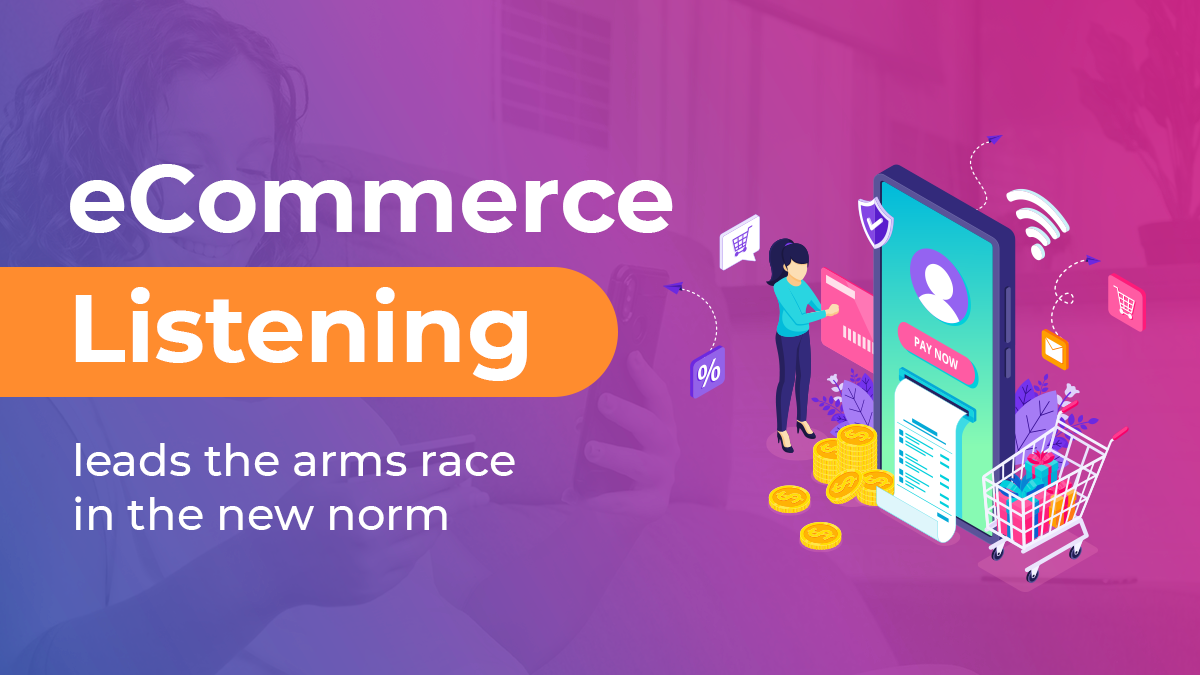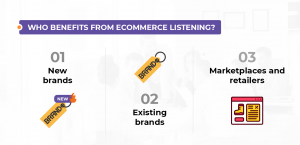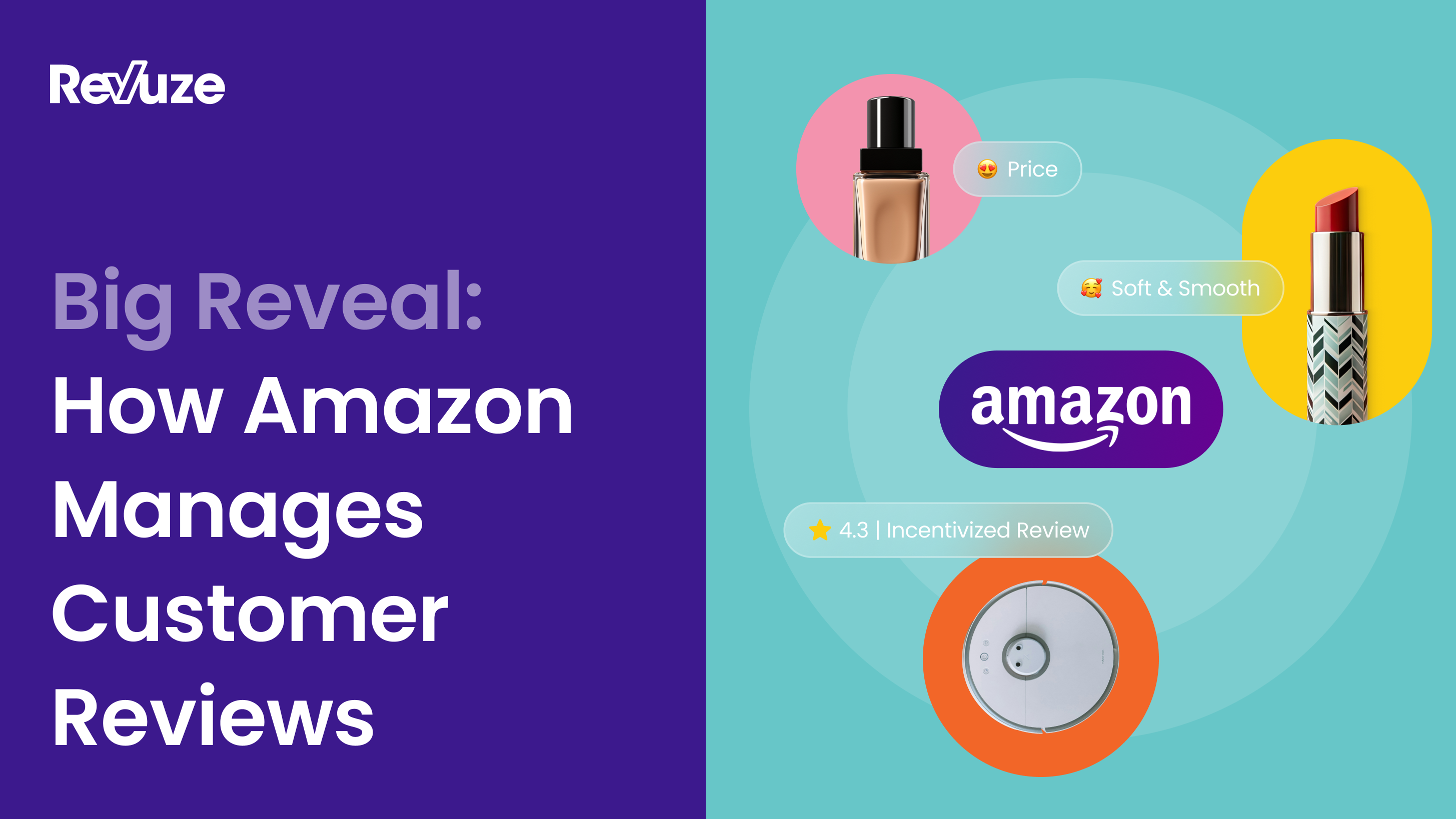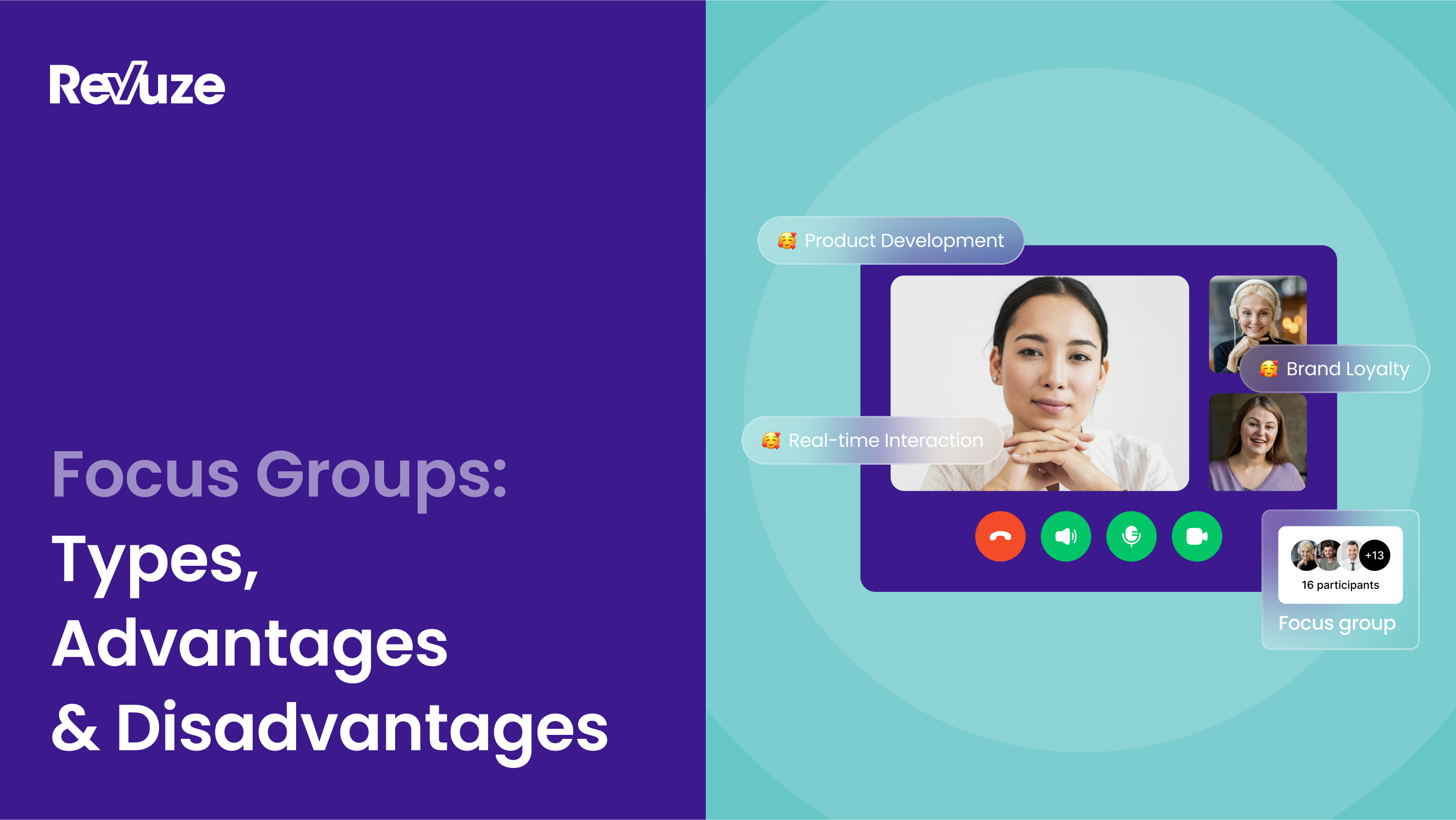
Much has been written about the new norm. Trying to capture the essence here:
- Consumers shift in taste/habits is substantial and will mostly stay in the post-pandemic era
- Economic and personal safety drivers push towards eCommerce and fewer store visits
To throw in some numbers – according to McKinsey, in the United States, 75% of consumers have tried a new store, brand, or different way of shopping during the pandemic.
According to the U.S. Department of Commerce quarterly eCommerce figures, 20.8% of all retail spending is online! More than 1 in every 5$ spent.
To put things in perspective, the U.S. eCommerce sales growth rate had accelerated year over year to 3x (200%), driving eCommerce to become a big enough chunk of the retail pie to be desired by all…
A War is coming
Because eCommerce offers a lower barrier of entry (no stores, clerks, inventory, etc.) it is the go-to medium for new brands (For example, mattress.com or Leesa in the mattress industry).
On the other hand, leading brands are concerned with the newcomers and want to mitigate disruption by having better control over their pricing and margins. To achieve this, they set up new brands that are sold online or open up brand stores (AKA Direct To Consumer – D2C).
Retailers and marketplaces are concerned that they will lose control over the consumers if they buy D2C and offer house brands – Amazon is a great example, offering today thousands of products under their brands.
This is heading towards an all-out war on the eCommerce $. Since the war will take place online (and by online, we mean marketplaces/D2C/retail sites) – new intelligence tools are needed to figure out how to win (AKA – eCommerce Listening).
What is eCommerce Listening
eCommerce Listening is about mining consumer opinions from online stores to understand why they buy, what they like or hate, about a product, a service, a shopping experience etc… (“I like the product, the price was a bit higher than in other places but I have an account here and I like the way the online purchase is setup plus delivery is very quick”).
Obviously, by “online stores,” we mean marketplaces, brand stores, and media stores (apps, music, etc.).
The focus on online stores feedback means that it is typically of high quality and highly focused on this medium of commerce, meaning:
- Low ratio of noise-to-insights (Low “chatter”, high-quality details)
- High level of granularity (Like the product, shipping was late, shopping was cumbersome)
- Store-specific feedback (Commenting on the experience within one online store)
eCommerce listening is very different from social media listening. Typically, Social Media Listening is about a whole other level of details and analytics:
- Focusing on the brand level and not store/product/experience level
- No product level landscape/benchmark
- No store level landscape/benchmark
- Typically high ratio of “noise” to details (More “Love Old Navy” then “Just out of Old Navy and so happy about my skinny jeans that are just $10”)
To sum up, if you wage war in the online commerce world, you need online commerce intelligence, which can only come from eCommerce sites, D2C, marketplaces, etc. and will be focused about the key themes of interest for this war:
- Why products sell/not
- What is the online experience
- Logistics (Shipping, in stock, return)
- Customer service
Who benefits from eCommerce Listening?
In a nutshell, all parties:
- New brands: Have the opportunity to learn from existing brands and marketplaces what is working or not, what to replicate or disrupt, and basically how to get things right the first time around
- Existing brands: Can be more competitive on a product, positioning, marketing, logistics, and online experience, while keeping an eye out for disruptors that will only surface online
- Marketplaces and retailers: Just like brands need this to maintain a competitive edge on the shopping experience, service, logistics. Also, as they develop their house brands, they become brands themselves, which makes the product value, innovation, and differentiation another critical area to analyze

To win the new norm, you need to live it
To win the online war you need deep and ongoing store/brand/product level analytics on what is working or not.
Today there is no shortage of feedback and analytics solutions, but do not confuse these with the online commerce needs.
Leveraging small sample solutions like surveys, chats, or feedback solutions or relying on feedback from other channels like the call center or social media listening will most likely not help your online world’s needs.
On the other hand, with billions of online ratings and reviews available, why bother with anything else?
Conclusion
The new norm offers opportunities and risks tied together. As consumers change their behaviors and want, more business is moving online.
Brands and retailers have the potential to grow sales/margins and foster a personal connection to their customers. In parallel, it makes it easier to peak into your competitor’s stores and see what is going on there – what is working or not (Something that in the physical world was much more challenging to do).
The only challenge here is how to adapt to the new norm with the latest tools that are needed. eCommerce moves so quickly that sticking with old tools and methods could become very expensive for a brand.
 All
Articles
All
Articles Email
Analytics
Email
Analytics








 Agencies
Insights
Agencies
Insights